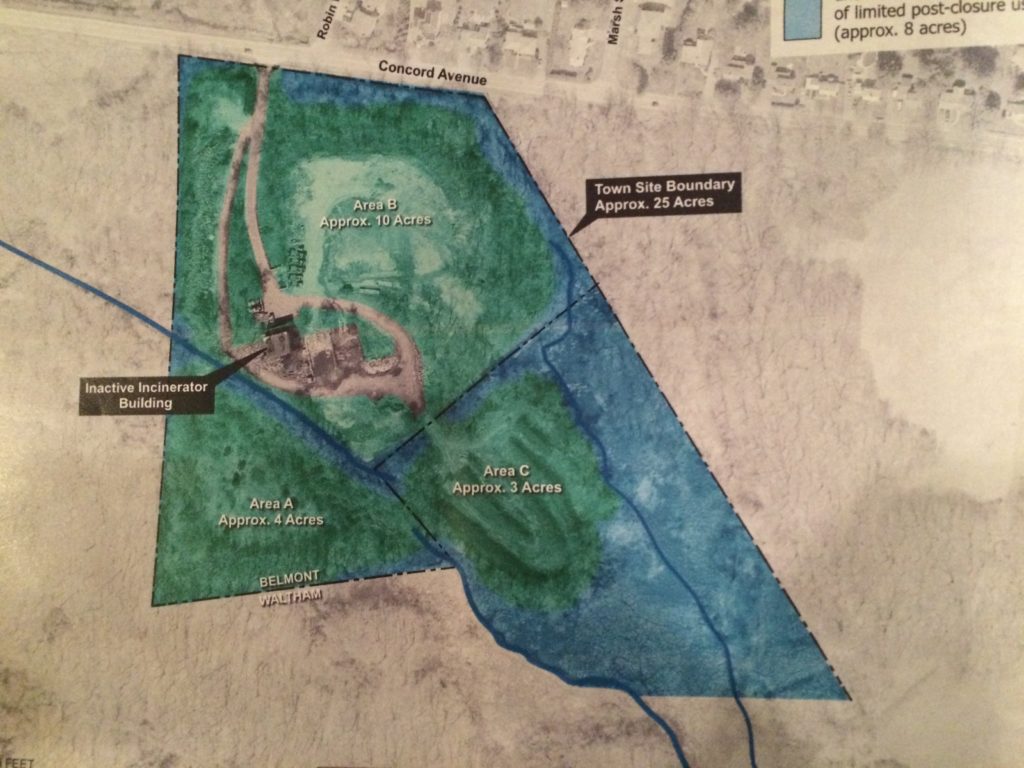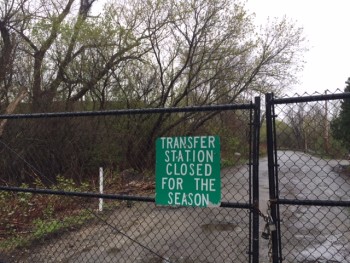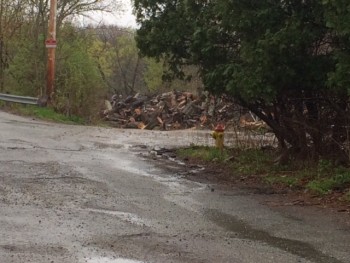Photo: Residents wait to speak to the Selectmen on the future of the town’s incinerator.
A place for recreation, revenue, and reflection. Those were just three broad public suggestions for the future of Belmont’s former incinerator site at the Board of Selectmen’s meeting on Monday, June 18 at Town Hall.
With the land now fully under town control, the post-closure use of the roughly 17 acres of usable land – 8 acres of the 25 total acres is comprised of wetlands – which has been closed since 1976 is an empty canvas for residents to fill with their recommendations but only up to a point.
“We can’t do everything on this site, it’s a finite amount of land so clearly … not everyone is going to get what they necessarily what they want. I hope that everyone can keep in mind what’s in the best interest of the town … and the cost of doing these things,” said Selectmen Chair Adam Dash.
Community Development Director Glen Clancy discussed the nuts and bolts of the land off Concord Avenue near the Lexington town line. The site is segmented into three areas; a pair of front parcels – known as A and B – totaling 14 acres and 3 acres in the back which is identified as C. The front parcels – made up of land was deeded to the town by the state – are under restrictions that limited its use to “recreation, public works, or other municipal uses.”
While the back parcel was never used as a landfill and will not need capping of the soil below, the two front areas will require either an augmented cap or an extensive layering of material over the contaminated ash fill.
While the town in the past had discussed numerous post-closure uses for the site – the location of a new police station, a park, and ride, a skating rink and private commercial development – the restrictions by the state and high costs have officials eyeing a more passive approach to the future uses. In addition, the town’s Department of Public Works will require several “bins” to keep leaf and yard waste for composting, storage of pipes and for emergency snow removal.
Some residents have been thinking about possible best uses of the area. An ad-hoc group is proposing a multi-use project that includes a skate park, bike trails and a solar array that will increase recreation space, be environmentally friendly and create a revenue stream – estimated at $1.5 million over 20 years with a similar solar field – from passive energy benefiting the town and Belmont Light.
“This is something where it produces power, helps us reach our future climate goals, it has an economic payback and it helps our ratepayers,” said Travis Frank who introduced the proposal with a slide show of the plans.
Another plan that came prepared as a written proposal is dubbed anaerobic digestion. While that may sound like what happens when you do high-intensity exercise after eating lunch, rather, it’s when microorganisms break down biodegradable material – ie. food waste – in the absence of oxygen at a moderate-sized facility on the landfill. The byproducts from the process are methane that can be used to generate a large amount of electricity and compost for fertilizer.
“If the town moves forward on this proposal, they will meet with town officials on how big of a facility will be and how it would be capable to the land it is on,” said Bruce Haskell of Langdon Environmental in Southborough. While the proposal, which would be built by a third-party private vendor, garnered some interest by potentially reducing solid waste collection in town and would be a revenue source, there were concerns of controlling potential odors and truck traffic bringing in organic waste and taking out compost were presented.
Other residents suggestions included passive use, a possible location of the proposed Belmont Youth Hockey ice skating rink, and a dog park.
Another dog related use that perked the ears of those attending was a proposal for a dog/pet cemetery at the location. There are relatively few final resting places for the family pooch and the town could “ask $2,000” for a plot for Spot, suggested Evan Harris from Statler Road.
While suggestions on the possibilities for the site filled two posterboard sheets of paper, the day of the ribbon cutting of any of the ideas is some time in the future.
“The site will be used as a staging area for the construction of capital projects and the new Belmont High School, so we are looking well down the road,” said Dash after the meeting.
“But its good that we have begun the process,” he added.



